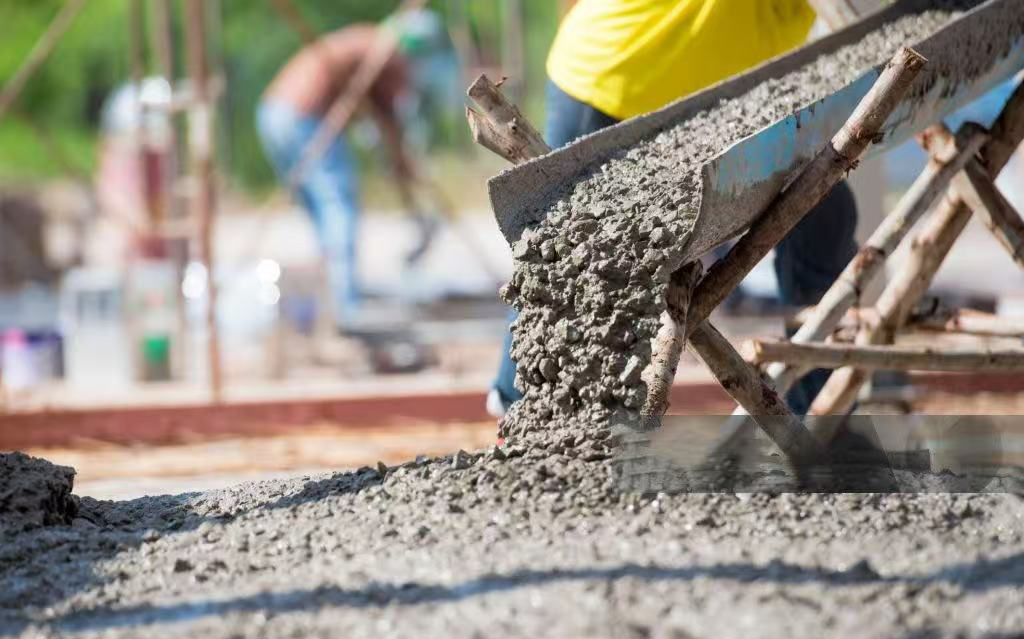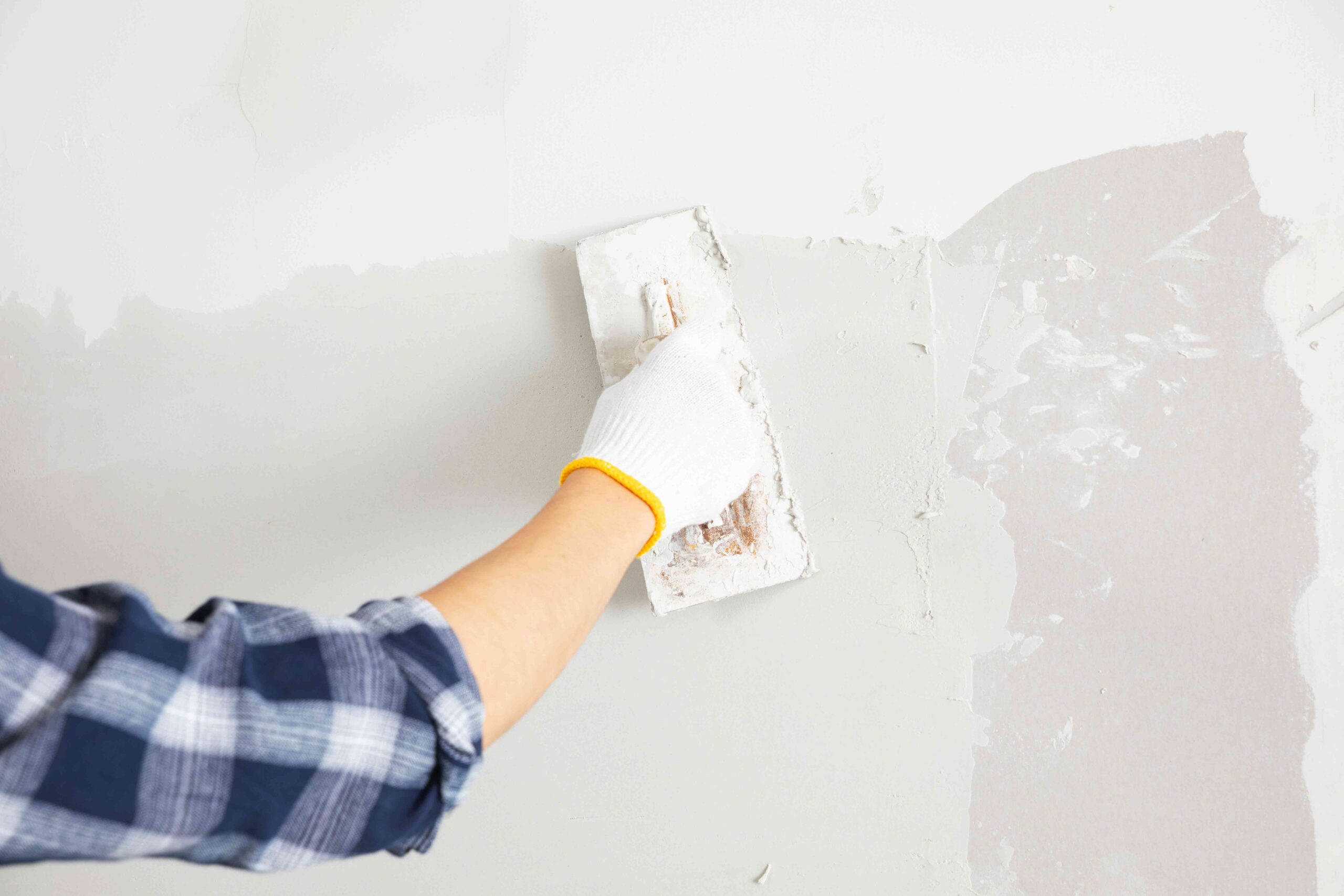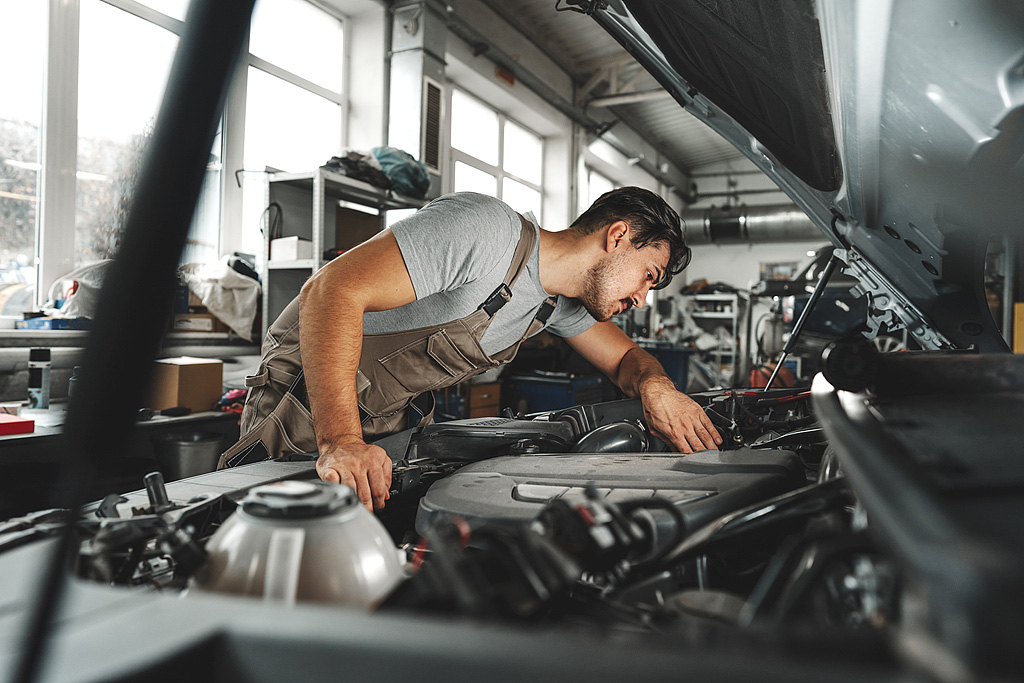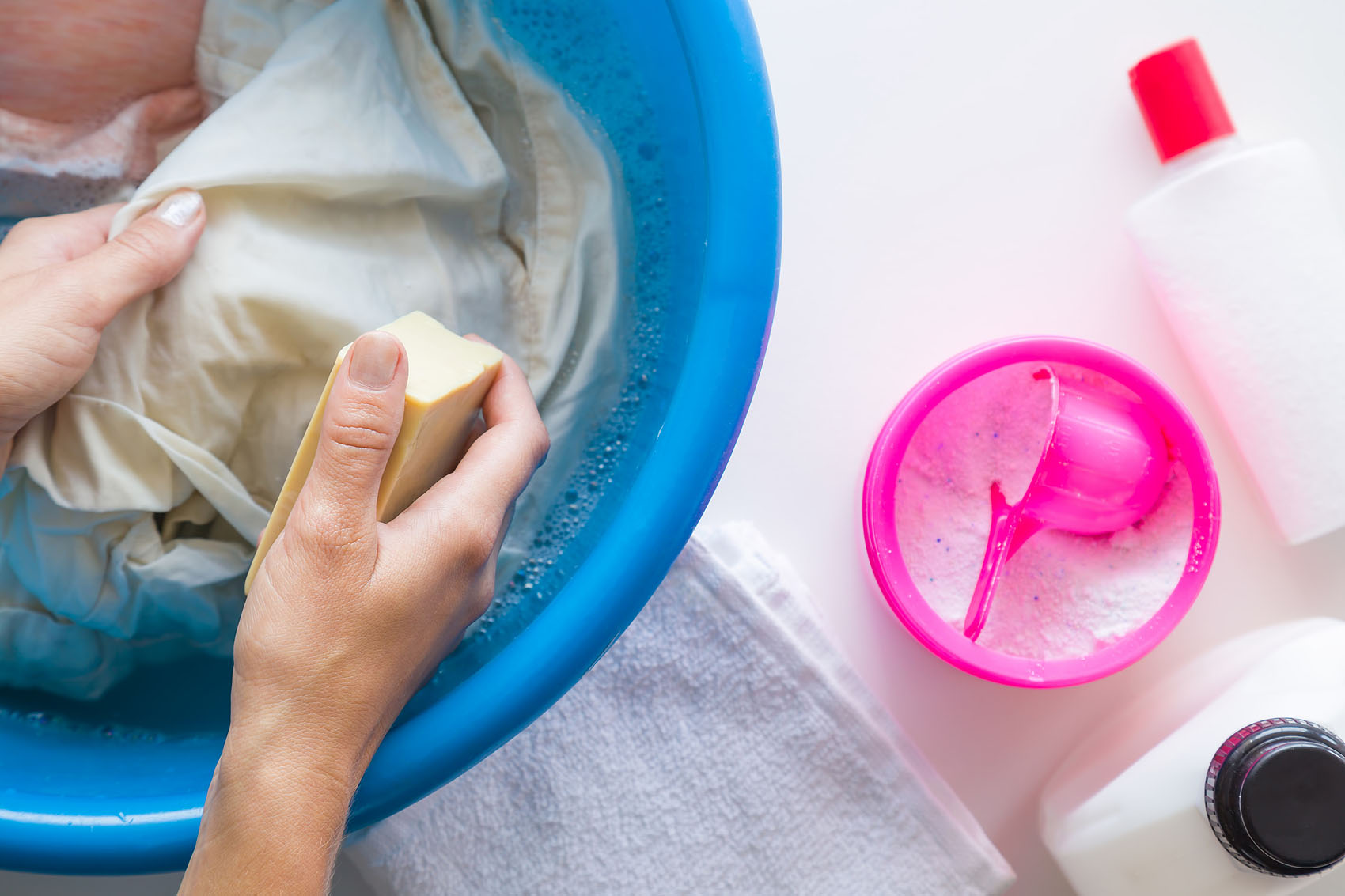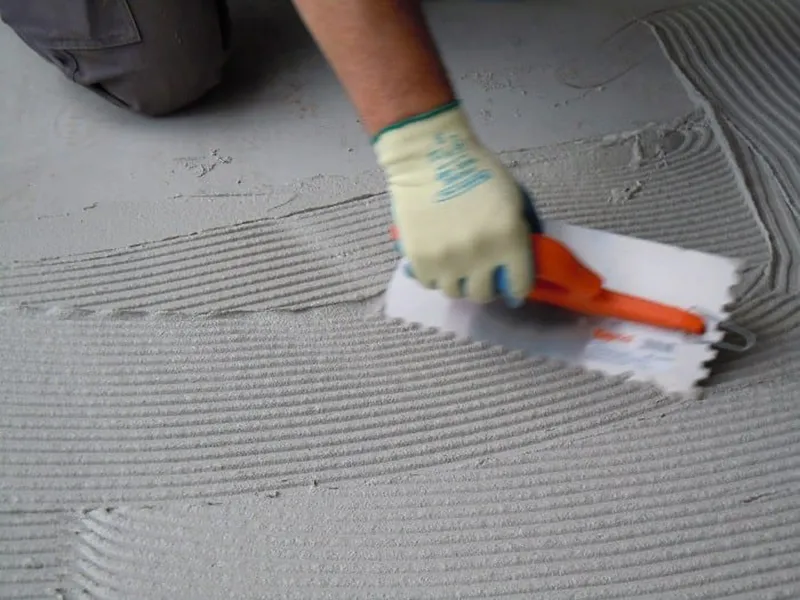
I.The Evolution of Superplasticizers
1.First-Generation: Lignosulfonates
Low cost but limited water reduction (10–15%) and compatibility issues.
2.Second-Generation: Naphthalene and Melamine Sulfonates
Water reduction is better (15%-25%), but the dosage requirement is high and there are environmental problems.
3.Third-Generation:Polycarboxylate Superplasticizers(PCE)
Engineered with comb-like polymer structures, PCEs offer up to 40% water reduction, precise slump control, and eco-friendly formulations.
II.What is polycarboxylate superplasticizer PCE?

The working principle of PCE:
Adsorption: PCE molecules are adsorbed on cement particles, generating a negative charge.
Dispersion: Charged examples repel each other, improving example dispersion.
Water Reduction: Due to better dispersion of cement particles, less water is required to achieve the desired workability.
Slump retention: The unique molecular structure ensures that concrete retains its fluidity for a longer period of time.
This principle enables PCE to reduce water content to 35-40% while maintaining excellent workability and strength.
III.Types of PCE Superplasticizer for Concrete
Different PCE formulations are available depending on the specific needs of the project. Choosing the right type is the key to optimizing the performance of the concrete.
Too much or too little PCE can affect the performance of the product. The recommended superplasticizer dosage in concrete is 0.1%-0.3%, depending on the formulation.
1.High Water-Reducing PCE
Reduces water content by 30% to 40%.
Increase concrete density and compressive strength.
Suitable for high-strength concrete and structural components, high-rise buildings and bridges that emphasize strength and load-bearing capacity.

2.Slump-Retaining PCE
Maintains processability for 1 to 2 hours.
Reduces the risk of segregation and water seepage.
Suitable for hot weather conditions and long distance transportation, suitable for ready-mixed and pumped concrete.
3.Early Strength PCE
Accelerates initial and final setting times.
Achieve higher early strength without compromising long-term performance.
Suitable for precast concrete and fast track projects, tunnel lining, road rehabilitation and precast concrete elements.
4.Customized PCE
Tailored to specific project needs (strength, workability or setting time).
Combines the benefits of high water reduction, slump retention and early strength for complex or highly specific construction projects requiring precise performance tuning.
V.How to choose the right Superplasticizer?
1.Determine project requirements
What kind of strength and durability is needed?
Is early strength more important, or long-term constructability?
What are the environmental conditions (temperature, humidity)?
2. Testing compatibility with cement and other admixtures
Not all cements react in the same way to PCEs.
Test different formulations under actual field conditions.
3.Case studies and practical applications




VI. Conclusion
Polycarboxylate superplasticizer is an important admixture for concrete. Their ability to reduce water content, improve workability and increase strength makes them the first choice for concrete projects. By choosing the right type of PCE and optimizing the dosage, you can achieve excellent concrete performance tailored to the specific needs of your project.


